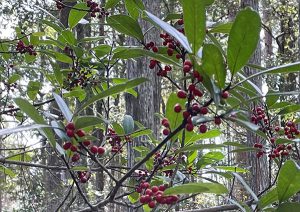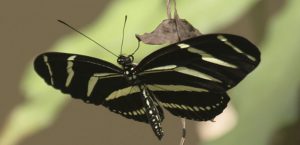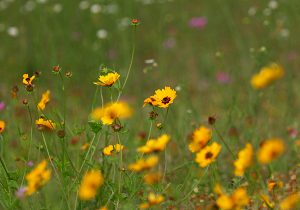
Growing demand for water-wise, sustainable landscaping may start a new development trend. The first step to build new homes used to be to discard existing trees, shrubs, and other plants. But aspiring home buyers now want to preserve native plants and the wildlife that depend on them. They hope to save money and time with easy-to-care-for yards. They appreciate yards that require less work and less water and fertilizer to keep beautiful and healthy.
To satisfy today’s busy, cost-conscious buyers, many developers now want to preserve and use the native plants they find on sites where new neighborhoods are planned. That’s a money-smart strategy because native plants are adapted to Florida’s sandy soils and long dry season. That makes them much less costly and time consuming to maintain.

Salvaging Native Plants from Sites Slated for Development: Stop Wasting Resources is a new UF/IFAS publication that explains how to preserve native plants on development sites. It lists plants that make good candidates for a sustainably landscaped neighborhood and provides strategies developers can use to salvage native plants for a new neighborhood that is both beautiful and economical.
Explore the Ask IFAS website to learn more about native plants, Florida-Friendly neighborhoods, and bright ideas for sustainable community development.

 0
0
